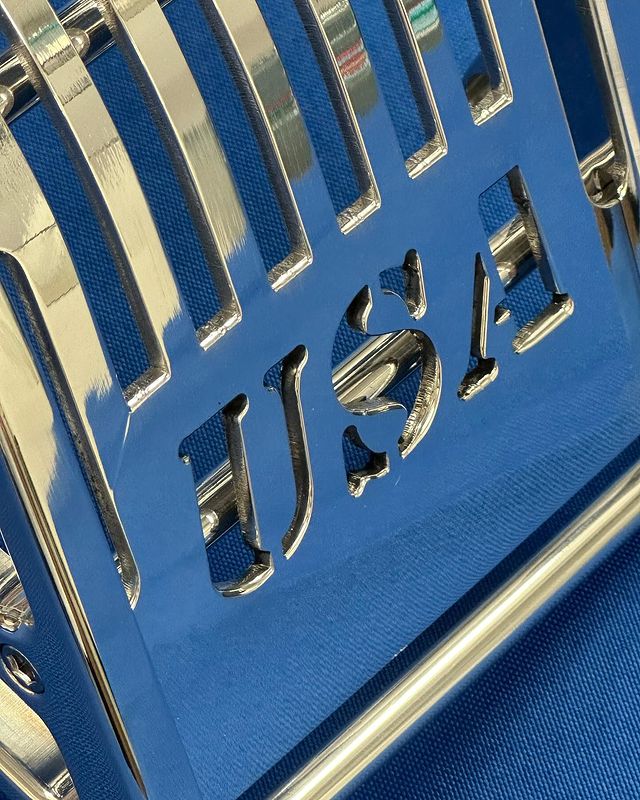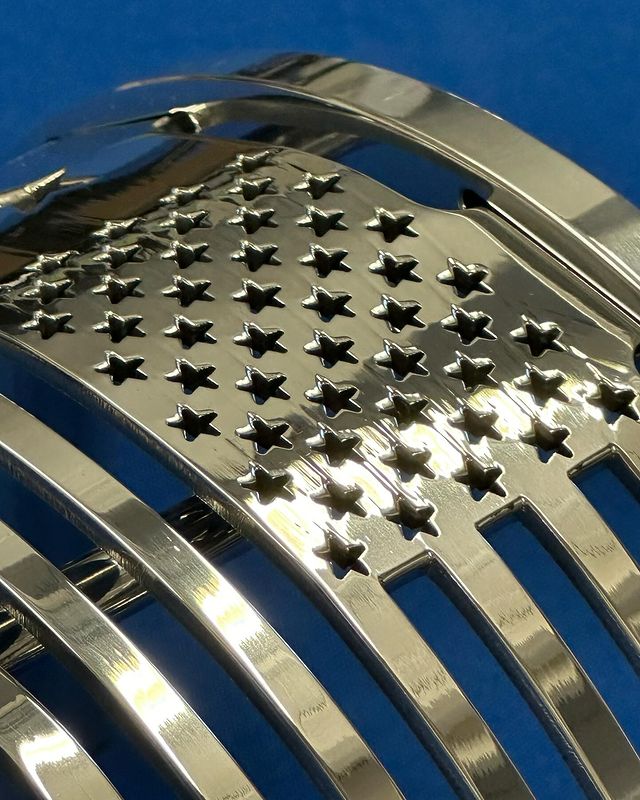Early Days of Racing
Racing as a sport has ancient roots, with chariot racing being one of the most popular sports in ancient Greece and Rome. However, the modern history of racing began in the late 19th and early 20th centuries with the advent of the automobile. Early automobile races were organized primarily to test the endurance and reliability of vehicles.
Introduction of Blower Motors
The introduction of blower motors, commonly known as superchargers, revolutionized the racing world. A blower motor forces more air into the engine's combustion chamber than would be possible under normal atmospheric pressure, allowing for a greater amount of fuel to be burned, thereby increasing power output.
Key Milestones:
-
1920s: The Roots of Supercharging
In the 1920s, supercharging began to gain popularity. Manufacturers like Mercedes-Benz and Bentley started experimenting with superchargers. The Mercedes-Benz SSK, designed by Ferdinand Porsche, became one of the most famous supercharged cars of its time.
-
1930s: Racing Dominance
The 1930s saw supercharged engines dominate racing events, particularly in Grand Prix racing. Mercedes-Benz and Auto Union (now Audi) produced some of the most powerful and successful supercharged race cars. The Mercedes-Benz W125, with its 5.6-liter supercharged engine, was a notable example.
-
Post-War Era: Innovation and Regulation
After World War II, the use of superchargers in racing became more regulated. In the Indianapolis 500, for example, supercharged engines had their own set of rules to level the playing field with naturally aspirated engines.
-
1960s and 1970s: Muscle Cars and Drag Racing
The 1960s and 1970s were the golden age of muscle cars in the United States. Cars like the Dodge Charger and Chevrolet Camaro often featured supercharged engines for increased performance. In drag racing, blower motors became essential for top-fuel dragsters, allowing them to achieve incredible acceleration and top speeds.
-
Modern Era: Technological Advancements
In recent decades, advancements in technology have led to more efficient and powerful superchargers. Modern racing series, including Formula 1 and endurance racing, have seen the use of turbochargers (a type of forced induction similar to superchargers) to enhance performance while meeting stringent environmental regulations.
Impact on Racing
Blower motors have had a profound impact on the world of racing. They have allowed engineers to push the boundaries of what is possible with internal combustion engines, leading to faster, more powerful, and more efficient race cars. Superchargers have become a symbol of performance and innovation in motorsports, continuously evolving to meet the demands of competitive racing.
Notable Cars and Moments
- Mercedes-Benz SSK (1928-1932): One of the most iconic early supercharged race cars, known for its success in hill climbs and endurance races.
- Bugatti Type 35: A dominant force in the 1920s and 1930s, often equipped with supercharged engines for Grand Prix racing.
- Porsche 917/30 (1973): Known as the "Can-Am Killer," this car featured a turbocharged flat-12 engine producing over 1,100 horsepower, dominating the Can-Am series.
- Top Fuel Dragsters: Modern top fuel dragsters, with supercharged V8 engines, can achieve over 11,000 horsepower and reach speeds of over 330 mph in just a quarter-mile.
The history of blower motors in racing is a testament to human ingenuity and the relentless pursuit of speed and performance. From the early days of supercharging to the sophisticated forced induction systems of today, blower motors have left an indelible mark on the world of motorsports.








